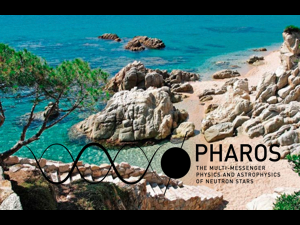Speaker
Dr
Konstantinos Gourgouliatos
(Durham University)
Description
I will review the ideas behind neutron star magnetic field evolution. The magnetic field of neutron stars can evolve in short (~seconds) and long (~kyr) timescales. The former is manifest in magnetar explosive activity, while the latter is most likely related to persistent thermal emission from strongly magnetised neutron stars. We can distinguish three main regions where magnetic field evolution occurs: the core, the crust and the magnetosphere. In this talk, I will focus primarily in the crust. Crustal magnetic field can evolve via the conservative Hall effect and Ohmic dissipation. These phenomena typically take kyr-long timescales to lead to a drastic change of the magnetic field structure and power thermal emission via magnetic field decay. They can also push the crust and the magnetosphere into unstable states and trigger explosive events. Moving from axisymmetric to three-dimensional studies a rich phenomenology is revealed, with the creation of complex structures in the form of spots and magnetic field arcades. Finally, I will discuss the range of applicability and the limitations of this approach.
Primary author
Dr
Konstantinos Gourgouliatos
(Durham University)

